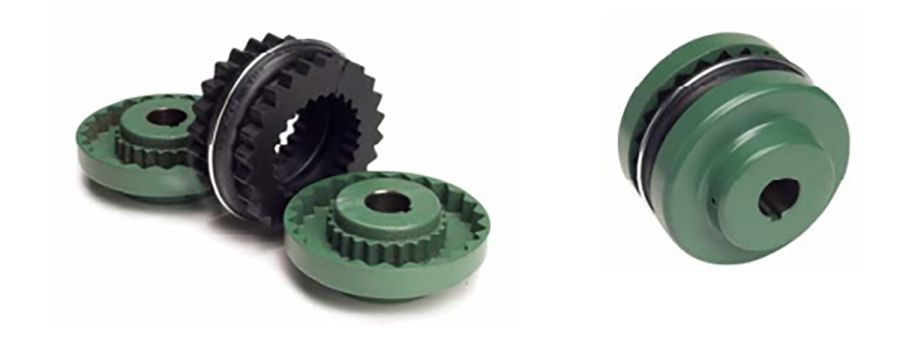Choose the right coupling | Pumps and systems
What are the important considerations when selecting a coupling between a pump and a motor?
A pumping system typically requires three valves: an inlet (suction) shutoff valve, an outlet (discharge) shutoff valve, and a check valve between the pump discharge nozzle and the inlet valve. discharge stop to prevent reverse flow and protect the pump from back pressure. Occasionally, a foot valve may be fitted to the inlet pipe to maintain pump prime or to protect against reverse rotation.
However, the potential drawbacks of foot valves such as impacts on net positive suction head available (NPSHa) and the risk of water hammer (an overpressure caused by a sudden change in pump flow) must be considered. account.
Rigid Couplings, as the name suggests, provide a rigid connection between two shafts, meaning the shafts are joined by close tolerances that allow no misalignment. This type of coupling must transmit torsional and axial loads and is capable of the highest torques and speeds. Rigid couplings are primarily used on vertical pumps where the thrust bearings are located in the motor, and when used in conjunction with the lower drive bearing, rigid couplings provide pump shaft support for mechanical seals.

Although there are many variations of flexible couplings, they are all intended to work by connecting two shafts, transmitting rotational power and compensating for some shaft misalignment. The secondary features of these couplings can vary, resulting in different benefits associated with each type. Some of these secondary characteristics include shock load damping, vibration damping, accessibility for maintenance, electrical isolation or conductivity, limited end-floating capabilities, fail-safe properties, and Moreover. Jaw, shell, sleeve, tire, grid, gear, and disc are all different types of flexible couplings used in pump systems.
Application considerations when selecting a coupling include:
- transmit the required torque at one or more given speeds
- suitable for pump and drive shaft
- provide shaft end separation to allow removal of mechanical seal, allow removal of pump bearings and allow lateral shifting of pump and drive shaft
- adapt to misalignment
- providing end flutter limitation
- maintain the required degree of unbalance at one or more given speeds
- torsional vibration damping
- prevent the dispersion of stray eddy currents
- resistant to corrosive environments
- prevent the occurrence of sparks
For additional coupling information, refer to “American National Standards Institute/Hydraulic Institute (ANSI/HI) 14.3 Rotodynamic Pumps for Design and Application” at www.pompes.org.
Read more HI Pump FAQs here.


Comments are closed.